An Overview to Vienna
Vienna is one of the most famous cities in Europe and the 6th largest in the European Union. This city is large and known for its deep history. It is located in the Eastern part of Austria. The city has lots of money hidden in its roots of the Austrian-Hungarian Empire, thus many grand palaces, churches, and public areas. Since it is in Eastern Europe, it can get extremely cold in the winter and hot in the summer. The city is an economic powerhouse and UNESCO is concerned about the construction of high rises around the city center. This itself tells you a tale of the balance of old/new when you visit. Vienna is more expensive than its other Eastern European counterparts (Budapest & Prague), but still not as expensive as places like London and Paris. I would recommend staying around 2-3 days at most here, unless you are really into the history of the royal families, palaces, etc.
Sights & Attractions of Vienna, Austria
St. Stephen’s Cathedral
St. Stephen’s Cathedral in Vienna is in the middle of the city. The Romanesque and Gothic architecture together molds a beautiful church. Construction was completed in 1160, nearly 900 years ago. The paneling on the roof is covered by 230,000 uniquely colored tiles. Inside, the grandiosity of the columns and high ceiling matches that of the Milan Duomo. Saint Stephen’s in Vienna is one of the most groundbreaking cathedrals of Eastern Europe. You can enter the cathedral for FREE, do not let anyone tell you otherwise. Then you could buy a ticket to the Catacombs, North Tower, or South Tower for 6.50 euro each, separate tickets. You can also buy an all inclusive ticket for all of these for 16.90 euro. Trying to decide between the North and South Tower? The South Tower is taller, yet you walk up the stairs which bring you to the gift shop (343 total steps). The North tower is not as high, but there is an elevator up to the top and you go outside for the views of Vienna. Due to this reason, many people say they like the North tower more, but do whatever you please.
Schonbrunn Palace
As I mentioned earlier, Vienna is known for its old money, this palace was the summer home for many Habsburg rulers. Most of the recent history shown here is about Franz Joseph, the longest-reigning Austrian emperor. Now, Schonbrunn is operated by the country and is listed as a UNESCO World Heritage Site. You will want to plan to stay here for around 3-4 hours. To get to Schonbrunn Palace, you will want to take public transportation to Shonbrunn station, there is a bus, subway, and tram all going here. Use Google Maps to see which works best for your location. All tickets come with an audio guide, which is especially helpful since each room inside has an immense history. My basic ticket (Imperial Tour) will now cost you 18 euro and the audio guide will help you through 22 rooms. I didn’t buy the higher-priced tickets because I wasn’t too interested in the history but if you are, I’d recommend going through all 40 rooms for 22 euro. More info about the tickets available here. Once you exit the Palace, wander around the grounds for a while, there are plenty of things to see. These people were so rich they had countless statues, multiple fountains, a zoo, and a massive gloriette. Here is a map to the Palace Grounds. The Schonbrunn Zoo is included on these grounds if you have the ticket for it. Gloriette, which is a giant arch, is directly up the hill behind the Palace. Inside there is a cafe which is a perfect rest stop to get out of the cold and share a cake and some coffee. On the way to Gloriette is Neptune Fountain, walk up the hill directly behind the fountain for a picturesque view. Then I’d also recommend seeing the Roman Ruin and Obelisk Fountain on your way out of the Schonbrunn Palace Grounds.
Belvedere Palace
Another result of the Hapsburg’s money, the Belvedere palace was completed in 1723. It is a beautiful building with a few attractions but not as many as the Schonbrunn. The Belvedere has also been declared a UNESCO World Heritage Site. To get here, you want to take the D Tram line to Shloss Belvedere (which leads you to upper Belvedere). Inside there is a museum in the upper and lower levels. The Upper level highlights pieces by Monet, van Gogh, Klimt, Schiele, and Funke, and is pictured here. The lower level contains treasures and history of the families who have lived in the palace. The Upper Belvedere will cost 16 euro and the lower level will cost 14 euro. Outside the palace, you can explore the grounds. Here is a map of the area surrounding the Belvedere. a garden which is free to enter and wander around in, (to the right of the Upper Palace in the picture above). Once you walk down to Lower Belvedere, you will find a main street with a tram stop to find your way to your next destination.
Vienna Opera House
Considered one of the greatest Opera Houses in the World, the Vienna State Opera was opened in 1869. I strongly recommended a guided tour at the price of 9 euro, you will be taken around the entire Opera House. They will show you some of the executive rooms, function halls, and bring you next to the construction of the stage for whatever show is going on that night. You also might not believe this, but there is an opportunity to see an Opera at the Vienna Opera House for as little as three euro. These tickets are standing room only and you will have bars to lean on in front of you. I recommend to get into line for Cheap Tickets at the Vienna Opera House around 2 hours before the show, the tickets will begin to sell an hour and 20 minutes before the show. The line starts at the WEST Entrance, it is hard to miss and it will start inside so do not worry too much about the cold. Make sure you dress nicely, but it doesn’t have to be formal. Nice jeans are fine, as long as there are no holes or rips, they WILL point them out and kick you out of the line. Make sure you bring cash to pay for your tickets, you cannot pay with a card. Once you get your tickets, go straight to your seating area so you can get the best seats, and use a coat/scarf to tie around the pole and save your spot.
Hundertwasserhaus
Now, Hundertwasserhaus is one of the most visited attractions in Vienna. It is an apartment complex with an extremely unique and intricate design by Austrian artist, Friedensreich Hundertwasser. Hundertwasserhaus was opened in 1986 and amazes everyone who visits. The best way to get here is through the Line 1 Tram to Wien Hetzgasse, then walk a few minutes. Once there, admire the building and many unique structures around. There is an entrance to a mall area with lots of fun little shops, consistent with the design of the Hundertwassenhaus. Before leaving this area, I recommend to continue your walk and stroll past the Museum Hundertwasser, a museum dedicated to the artist, has a similar design and is less known, but just as amazing. Take a walk along the
Karlskirche
Close to the Vienna Opera House and Naschmarkt, the Karlskirche is a beautiful picturesque Baroque church. Constructed in 1737, this building is considered one of the most beautiful in Vienna. You can visit inside for 8 euro which comes with a ticket to the elevator inside. More information on tickets available here. Unfortunately, the design of the interior is tarnished by the scaffolding for the elevator. Though, it is still well worth the visit. Due to the small amount of space on the elevator and scaffolding, there are only a few people allowed up to the top at once. So spend some time looking around inside while keeping an eye out on the line for the elevator, so you don’t have to wait in line most of the time you’re inside. You get to walk around in the rafters of the church and take a peek outside the large glass window in the center of the dome, to view the skyline of Vienna from Karlskirche.
Naschmarkt
The most popular open air market in Vienna, Naschmarkt is a beautiful space to walk around an take a look at some local shops and restaurants. Naschmarkt is located near the Karlskirche and the Vienna State Opera House. There are a few touristy places here though, since it can be a hotspot. It’s not very big but great if you want to grab a quick bite to eat or buy some local produce/goods. The website is a little outdated but you can find out more information about the Naschmarkt here.
Austrian National Library
As part of the extensive Hofburg Palace in the Vienna City Centre, the Austrian National Library is one part of the Hofburg that I strongly recommend you see. The hall, that you purchase entrance for, is relatively small but it is grand. The grandeur of The Hall in the Austrian National Library is equivalent to a historic Baroque church. Tickets to this hall will cost 8 euro, there are other areas of the library to explore, but this is the part I recommend. The hall also has many old transcripts and interactive boards to learn about the large history behind the library. More information about tickets and the rest of the library can be found here.
MuseumsQuartier
If you’re into museums, the Museumsquartier has everything to offer in Vienna. Most of the museums in this area were created in a Baroque style and cost millions to construct, which results in museums that are architectural masterpieces both inside and outside. If you’re interested in art, you’ll find the Mumok and Leopold Museum here. The Mumok in Vienna contains modern and contemporary artworks by artists such as Andy Warhol and Pablo Picasso. The Leopold Museum is more about Austrian art, which contains pieces by Egon Schiele and Gustav Klimt. Both of these museums were opened in 2001 in an effort to explore art in Vienna. On the other side of the Museumsquartier, you will find a beautiful square which contains the Natural History Museum and Museum of Fine Arts. These Museums have been around for longer, and thus tend to be much better organized and are much grander. When I was talking about amazing Baroque Museums earlier, these two buildings in Vienna are the highlight of Baroque Architecture. The Natural History Museum of Vienna will cost 12 euro, while the Museum of Fine Arts will cost 16 euro. The Museum of Fine Arts contains a lot of the pieces owned by the infamous Habsburg family. More information about the Mumok Museum & Tickets in Vienna. More information about the Leopold Museum & Tickets in Vienna. More information about the Natural History Museum & Tickets in Vienna. More information about the Museum of Fine Arts & Tickets in Vienna.
3 Day Itinerary for Vienna
Day 1 in Vienna: St. Stephen’s Cathedral, Hofburg Palace, & Museumsquartier
When you’re in a city like Vienna you want to explore the city centre and discover what it has to offer. Go inside St. Stephen’s Cathedral and admire its architecture. Go up one of the spires in the Cathedral to take in views of the city that you are about to spend a couple more days in. Talk a walk around the rest of the Hofburg Palace, pass by the many monuments and Spanish Riding School. Visit the Austrian National Library in Vienna. Afterwards, grab some lunch nearby before visiting the Museumsquartier. Decide on one or two museums to visit before dinner, I recommend the Natural Science Museum of Vienna or the Fine Arts Museum.
Day 2 in Vienna: Schonbrunn Palace, Belvedere Palace, & Karlskirche
The second day will be a lot of walking and traveling so rest well after your first night in Vienna. Get up early and take the train to Schonbrunn Palace. Take your time admiring the inside before venturing outside and wandering around the grounds. Afterward, take the train to Belvedere Palace to admire more grand grounds. If this ends up around lunchtime for you (you will most likely spend a lot of time in and around the Schonbrunn), then grab a bite near the train station at Wien Hauptbahnhof. If you wander a little south of the train station, there are many hotels in the area with decent restaurants. Afterward, walk towards Belvedere and admire the colorful houses across the street from you before reaching the Belvedere Palace. Walk around the grounds until you reach Lower Belvedere, from here you will take the tram towards Karlskirche. Walk around inside the church and admire the view from the scaffolding on top of the church.
Day 3 in Vienna: Hundertwasserhaus, Naschmarkt, & Vienna Opera House
Earlier in the morning, take the tram over to Hundertwasserhaus. Wander inside the small shopping area and admire the unique architecture. Walk by the river and Hundertwasser Museum on your way back into the city center. Take the tram back towards Naschmarkt to get a bite to eat. Walk around the market afterward then walk over to the Vienna Opera House for your scheduled guided tour. Enjoy your tour and get an early dinner before you return for a show at the Vienna Opera House. Get in line two hours before the show to get your discounted tickets at the Opera. This will be a perfect way to close out your 3-day stay in Vienna.
Where to Eat in Vienna
Cafe Sacher & Cafe Central in Vienna
Both of these cafes are famous in Vienna and are very touristy, expect long waits at times. Everything is famous for a reason. You will spend more money than you ever thought for a slice of chocolate cake, or apple strudel, but they are part of the experience. Both have an immense history behind them. Cafe Sacher, home of the original Sacher torte, has many famous visitors every year. In the guest book, you can find signatures ranging from Justin Bieber to Queen Elizabeth and John F. Kennedy. But what is a Sacher Torte? It is a dense chocolate cake with a layer of apricot jam before the hard, dark chocolate icing. It’s fair to say that Sacher Torte is probably the best damn chocolate cake you’ll have in your life. Moreover, Cafe Central in Vienna has more relevance to historical figures. Cafe Central used to be a meeting spot for high ranking officials during the World Wars including Adolf Hitler and Leon Trotsky. Other famous Austrians such as the father of psychoanalysis, Sigmund Freud, also used to frequent Cafe Central.
Figlmuller: Original Viennese Veal Schnitzel
Like I said earlier, Vienna is old money, with old money comes lots of tradition. After the old money cafes, wiener schnitzel comes in for dinner. That original Vienna wiener schnitzel is made of veal, make sure you at least try it, even if you don’t like veal. Figlmuller serves this original schnitzel as well as their own original Figlmuller Schnitzel, the first ever pork schnitzel. The wait for dinnertime will be long, so I’d recommend getting there for an early dinner if possible (I had around a 30 minute wait outside in a line). You will spend a decent amount of money for what seems like just a fried meat, but the portion size will amaze you once your plate comes around, so make sure you build up an appetite before going to Figlmuller. Menu and more info for Figlmuller, home of the schnitzel, is found here.
1516 Brewing Company: A Must Try Brewery
1516 Brewing Company is all you can expect from a brewery near the city center of Vienna. There is a bustling crowd, great beer, and even better bar food. It’s a good place to sit down and eat or just grab a drink if you’d like. If you’re looking to stray away from you feeling like high-end royalty in these old classy restaurants, then 1516 Brewing Company is the answer. Menu and more info for 1516 Brewing Company in Vienna found here.
Where to Stay in Vienna
Above is a map of the main districts in Vienna. The most convenient place to stay is in District 1 (Inner Stadt). This is where St. Stephens Cathedral is located and there are many pedestrian streets. Other areas I’d recommend are the districts to the West since that is the direction most of the attractions are in. For example Districts 4 – 7. For my stay, I stayed in an Airbnb in District 1 for relatively cheap in Vienna. Here is a link to that Airbnb.
Transportation: How to Get Around Vienna
Above is a map of the transportation system in Vienna. As you may notice, public transportation is very accessible. There will be lots of trains/trams arriving consistently at each stop. This is very helpful considering that many of the attractions in Vienna may not be within walking distance of each other. There are many options for payment in Vienna public transport. It is based on an honor system, so you hop on and hop off without being challenged, but there is a good chance you get a ticket since Vienna employs people to ride the trains and watch out for those people. A single ticket will cost 2.40 euros, so if you believe you will be riding the train a lot then buy one of the extended passes. Personally, I bought the 48-hour pass, which cost 14.10 euros and lasted me most of my stay for the transport I used. You could also buy the Vienna Card if you’d like, but most of the time these Card Services are a scam if you aren’t going to use at least a few of the services through the Card. More info about the Vienna Metro here.
Currency for Vienna
Vienna uses the Euro, which is currently exchanged at around $1.10 USD for 1 Euro. So it’s not that much more expensive, but keep in mind that you’re always spending 10% more. Which might not seem like a huge difference but a 40 euro meal turns into a $48 meal. Vienna will be more expensive than other destinations, so keep this in mind while booking your accommodations.
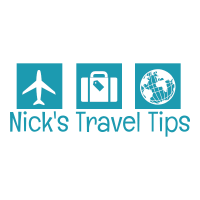
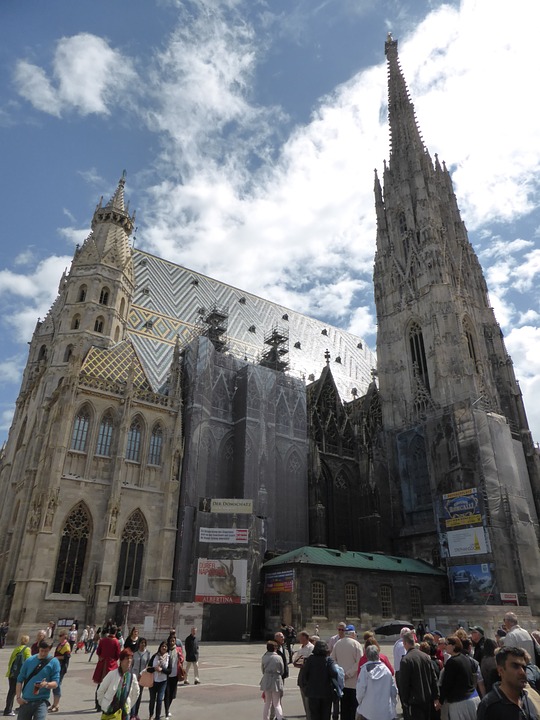
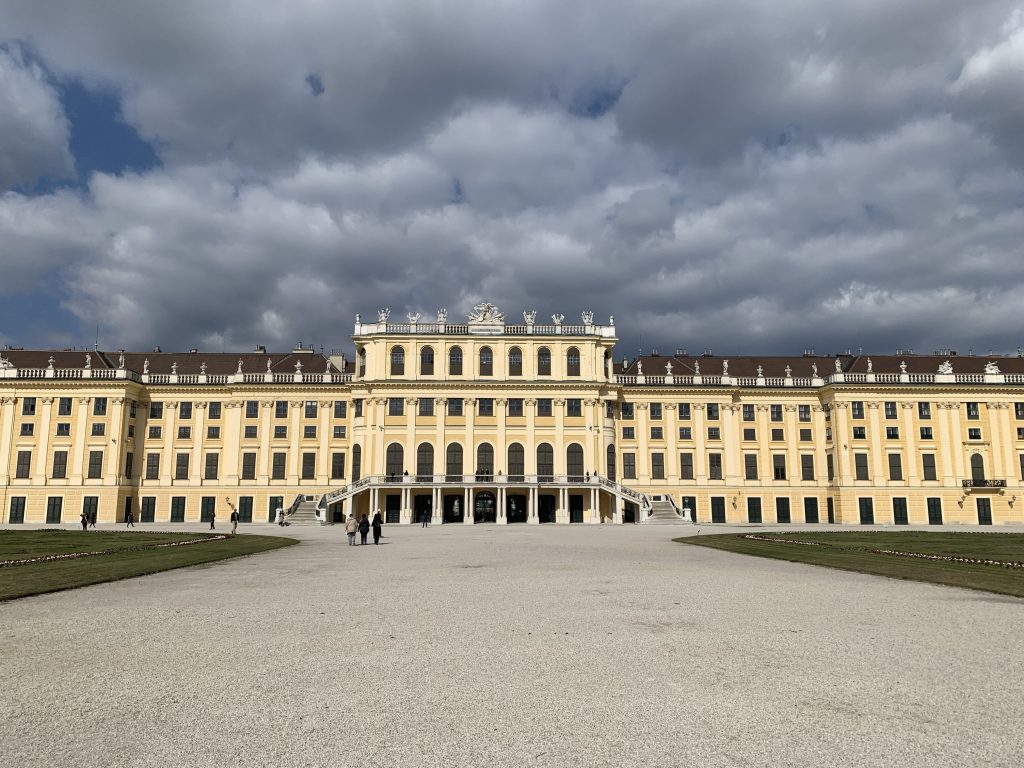

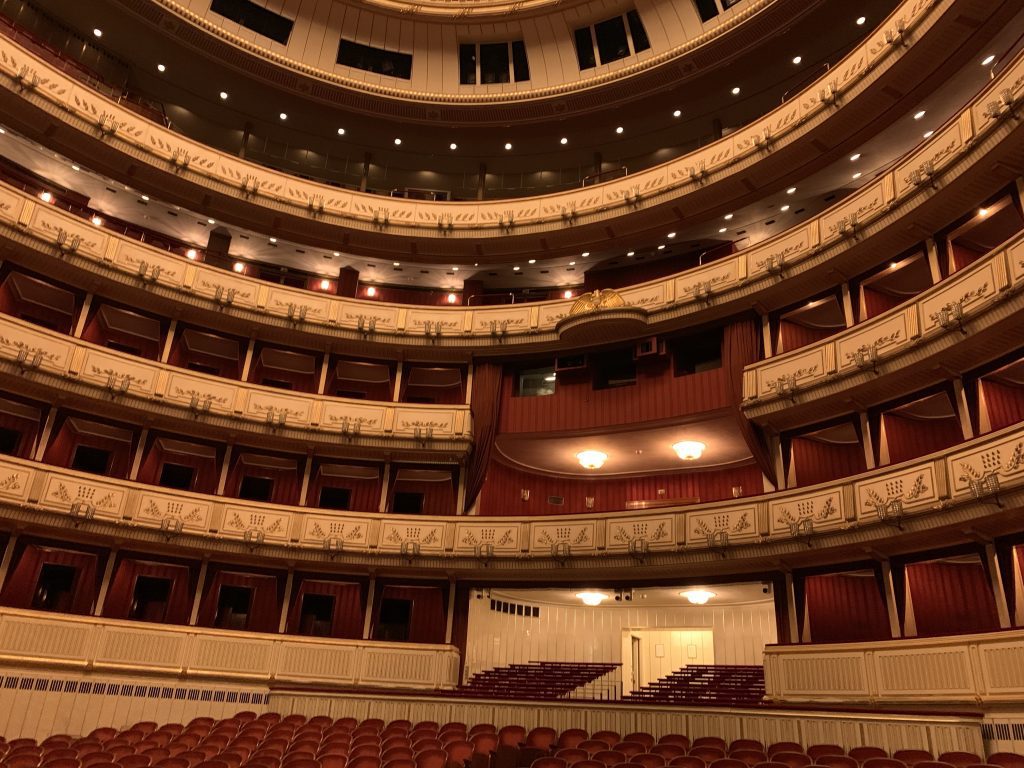

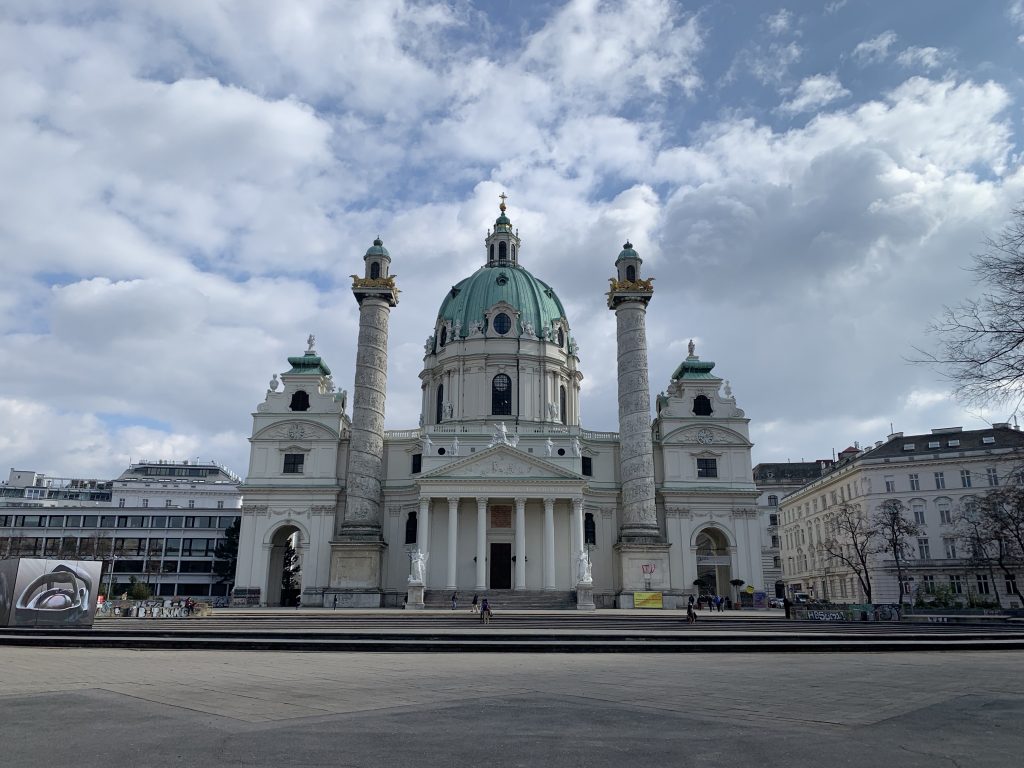
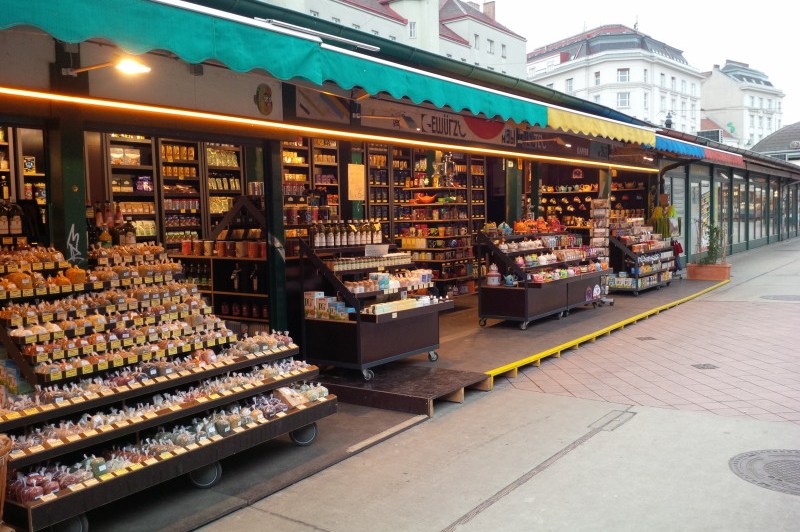
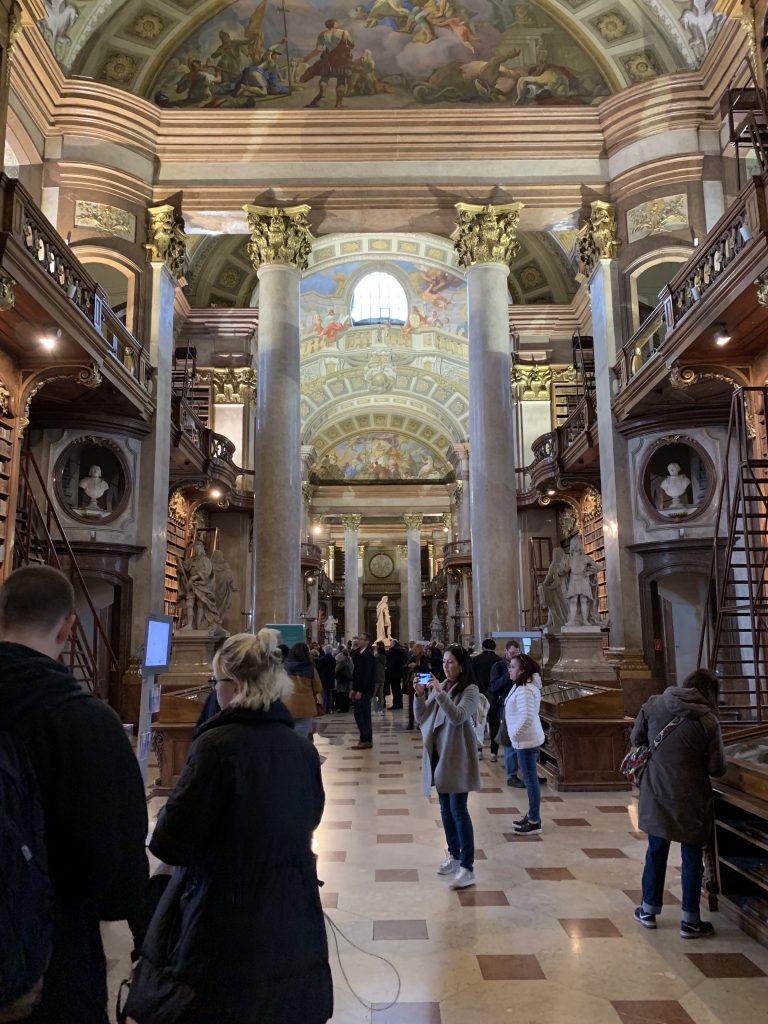
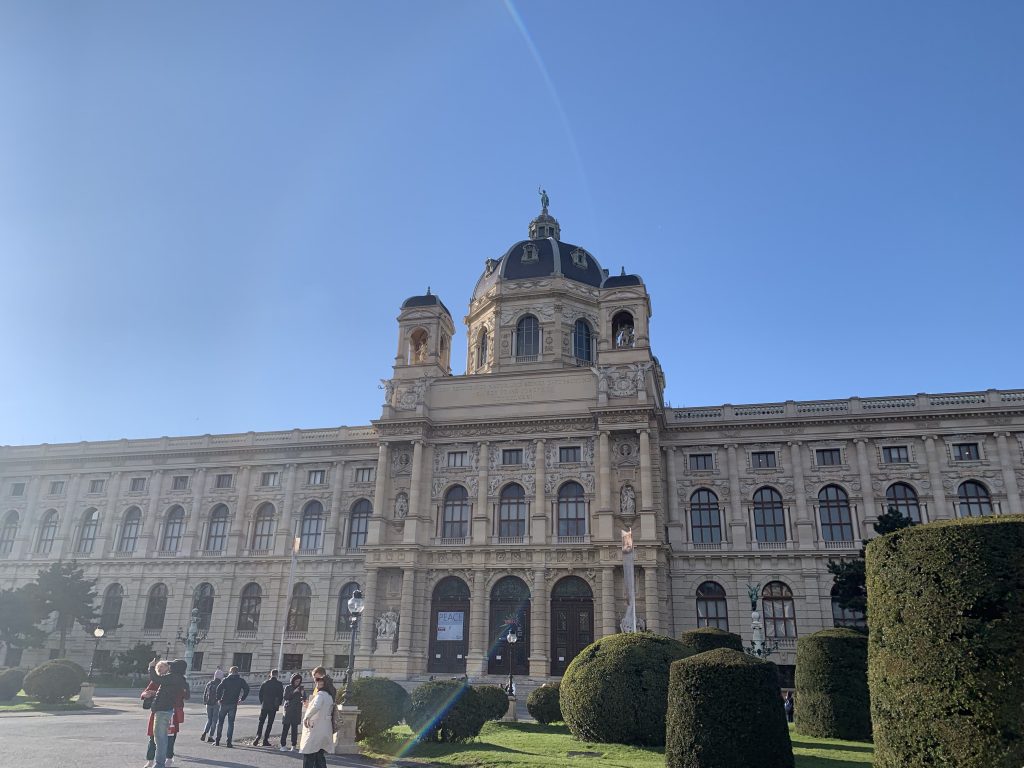
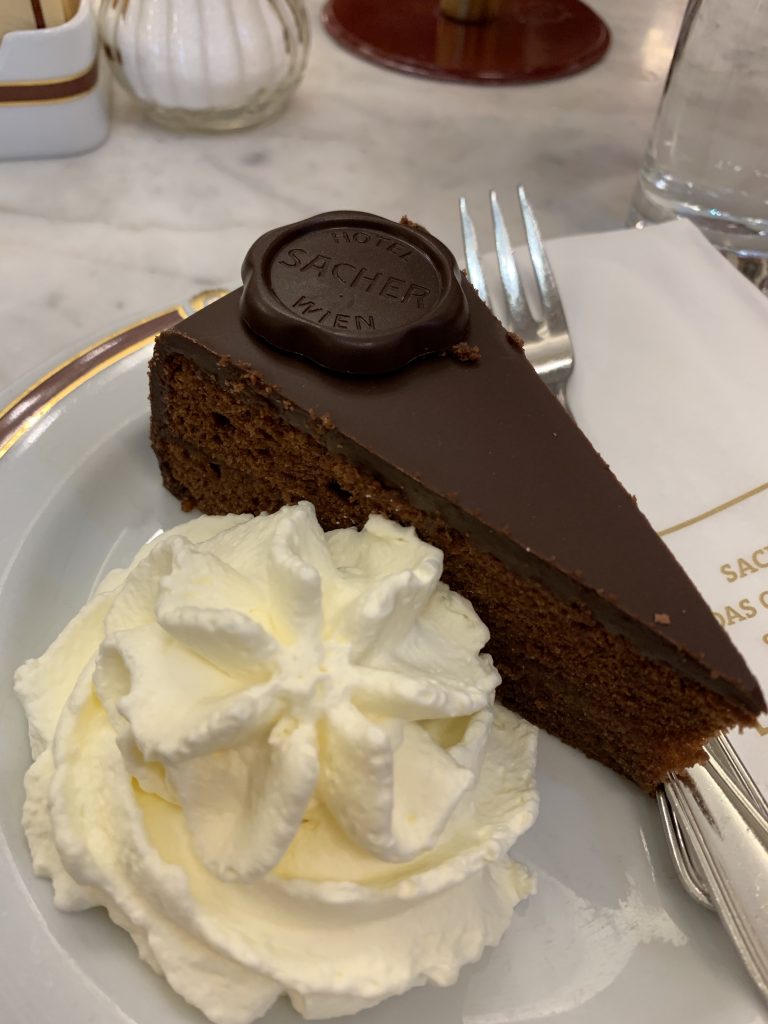
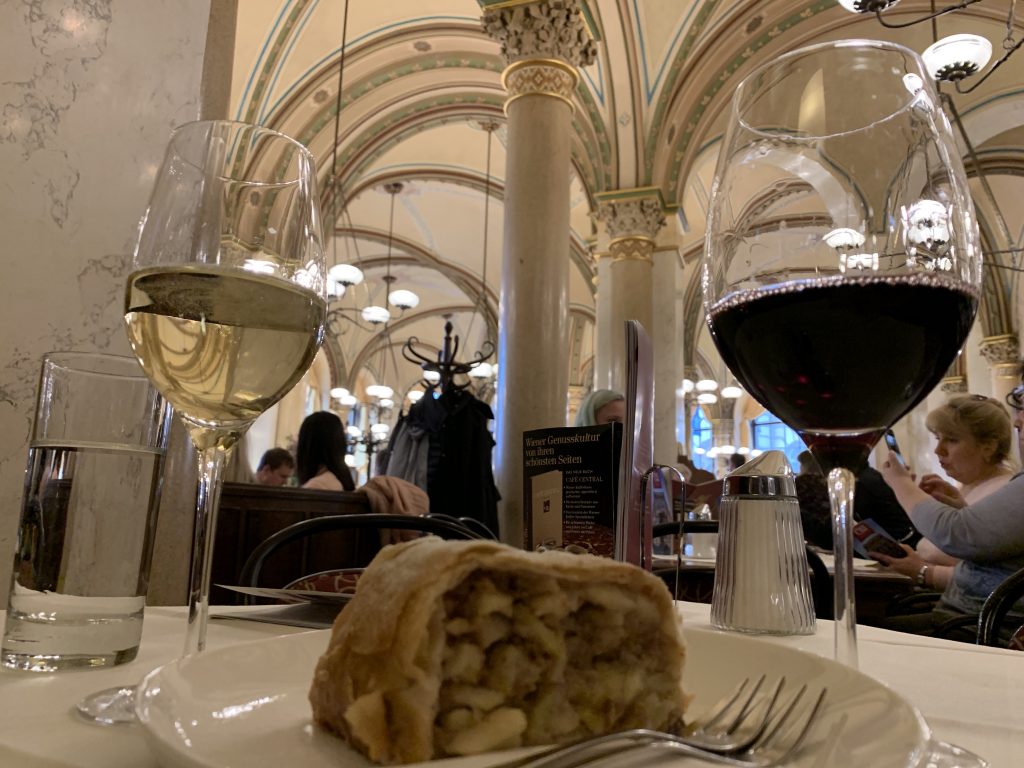
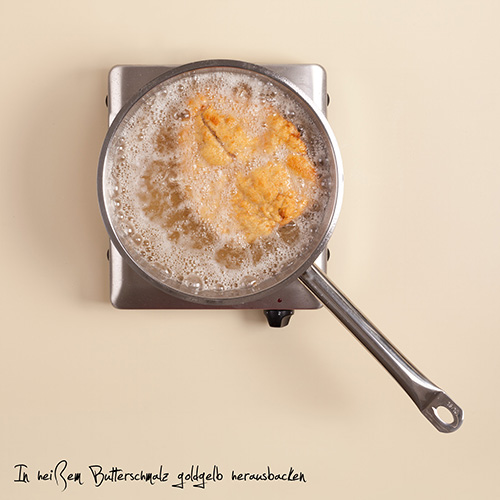

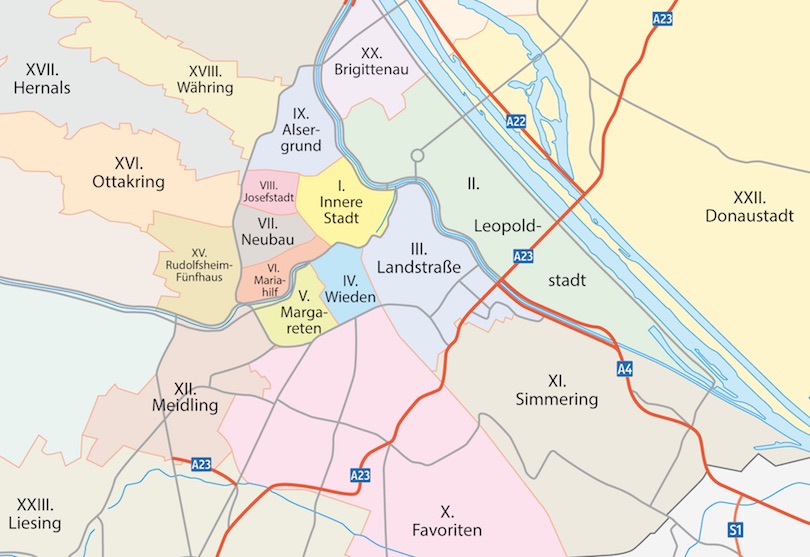

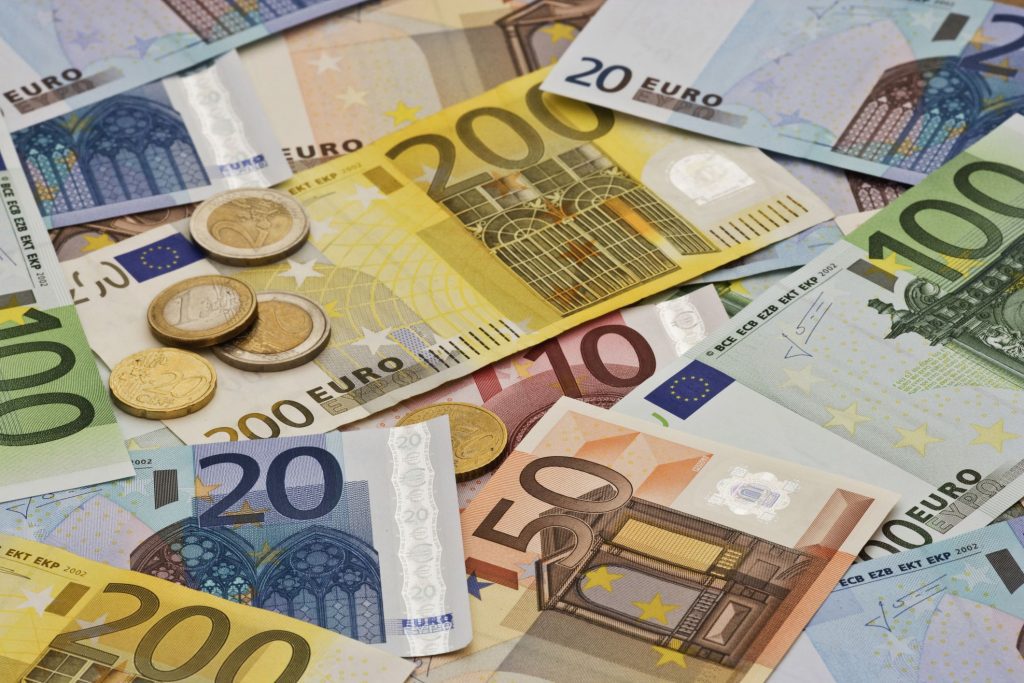
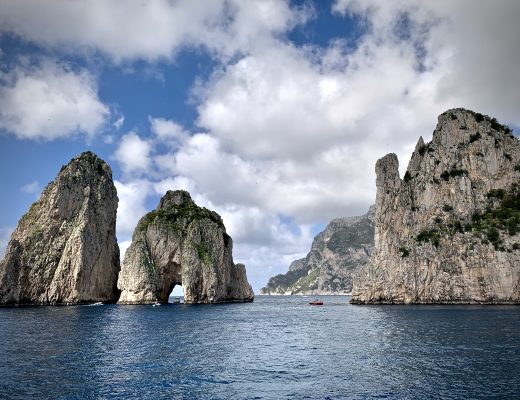
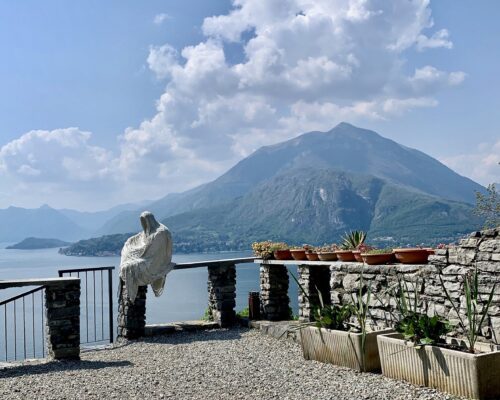

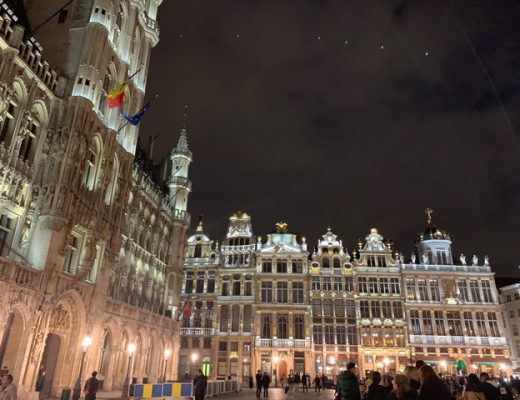
No Comments